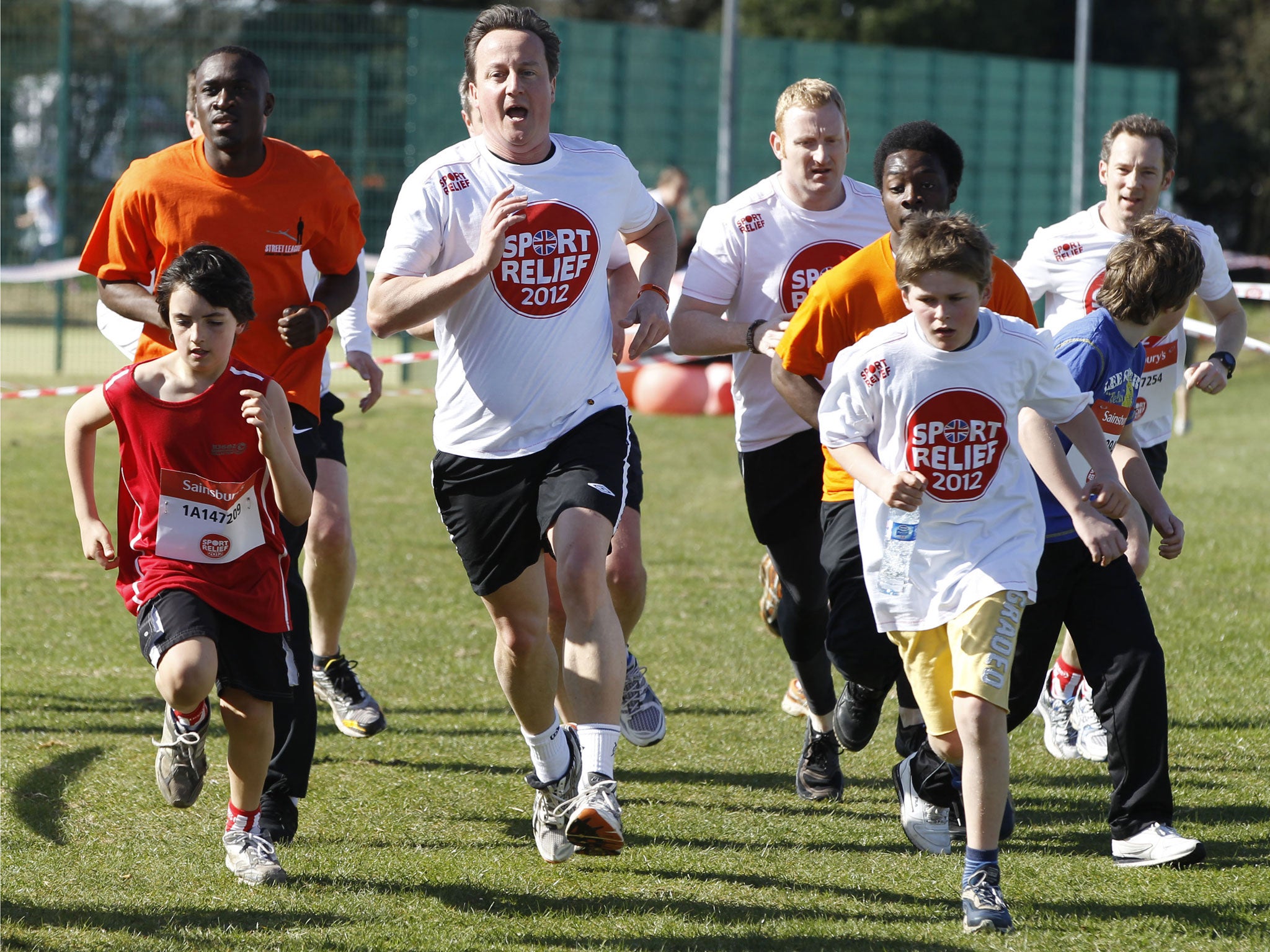Donation UK: not the country it once was
The latest figures show charitable donations falling as people have less disposable income to spend - and now the Lobbying Bill represents a new threat


As part of my training for a half marathon next month, I completed 45 minutes of continuous hills yesterday. This is as miserable as it sounds – running up and down a hill, over and over again. It is physically exhausting but also mentally draining – you can’t really enjoy yourself too much on the way down knowing you’ve got to climb up the same hill again minutes later. But, as I keep telling myself through the pain in my right knee, it is the best way to build up stamina for endurance running.
The training is tough, but not as much of an uphill struggle to raise money for charity for the event, the Royal Parks Half Marathon. My fundraising, for Save the Children, is slow. When I ran the London Marathon five years ago, the donations flooded in.
This anecdotal experience matches a national trend, showing that people are less likely to donate to charity than they were before the credit crunch in 2008. People have less disposable income. The latest figures show that, between 2011 and 2012, charitable donations fell by 20 per cent in real terms – a drop of £1.7bn – according to the Charities Aid Foundation. For smaller and medium-sized charities, the situation is bleak: they had a collective deficit of more than £300m in 2011, compared to £325m surplus in 2007. Now there is a new threat to the charities sector – being lumped together with lobbying organisations and finding their spending power is limited during election campaign periods.
The Lobbying Bill was supposed to create more transparency in the access that private firms have to power, through a statutory register for lobbyists, and for trade union funding to be more open. Yet despite the Prime Minister’s commitment to the Big Society, which seems to fluctuate in its scale from one month to the next, the Bill will also catch charities, smashed by the sledge-hammer that is the term “third party”.
So, for example, if the Joseph Rowntree Foundation wanted to raise awareness of poverty and set out to inform all the main political parties in the 12 months before an election, this would now be deemed lobbying activity. The amount of money a charity could spend in the election period would be cut from £989,000 to £390,000. A high-profile marketing and ad campaign would soon breach the limit.
Downing Street has shown some sign that it might redraft the legislation to protect charities, which is welcome. It is not, of course, the first time that the charities sector has had to fight to protect its interests – last year it successfully defeated an attempt by George Osborne to impose a charities tax that would have limited the amount an individual could donate to good causes before paying tax.
Both the charities tax plans and the lobbying Bill suggest there is a default position inside Downing Street that does not consider the sector worth defending. For someone like David Cameron, whose leadership was built on the notion of civic society, this is odd indeed. When the former Foreign Secretary Margaret Beckett raised the concerns of Oxfam, the Salvation Army and others at Prime Minister’s Questions yesterday, Mr Cameron ignored the charities issue and turned it into a jibe about Labour and the unions.
Yet is it good enough for charities to continue as they are? The answer is no. A large proportion of the public believes that charities, especially the largest ones, spend too much of our money on administration costs and overheads and not enough on the causes themselves. A survey by nfpSynergy earlier this year found that people believed that charities spend 36 per cent on administration. The actual figure is around 11 per cent. The gulf between perception and reality shows the PR battle that charities have to fight, but it is up to them to persuade us, the donating public, about the good work they are doing.
Part of this negative PR is linked to the high pay for charity chief executives – which the public sees as an administration cost, rather than a fundraising outlay. There are 30 executives at 14 of the leading foreign aid charities that form the Disasters Emergency Committee who earn more than £100,000, and 192 who earn more than £60,000.
These include Sir Nick Young, on £184,000 as chief executive of the British Red Cross, and Justin Forsyth, who earns £163,000 as CEO of Save the Children. I know of someone who cancelled their direct debit of £10 a month to Save the Children to register her disgust at Mr Forsyth’s salary, and there must be more who have done this. No wonder I am struggling to persuade people to donate to my half marathon effort – even though the money is going specifically to a maternity clinic in Liberia, and not on an executive in their head office.
There must be ways that charities can cut back on waste, but there is a counter-argument: that these organisations need the best available chief executives to drive fundraising, particularly at a time when people are donating less money to charity.
What is certain is that charities need to become more innovative at raising money – including using social media effectively – and get better at telling us what they are doing for good causes. Because if Downing Street and the public are sceptical about their good work, they really will feel like they’re running uphill all day.

Join our commenting forum
Join thought-provoking conversations, follow other Independent readers and see their replies